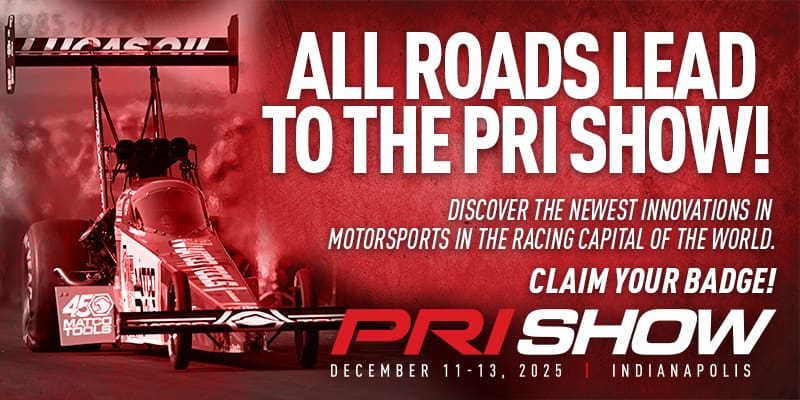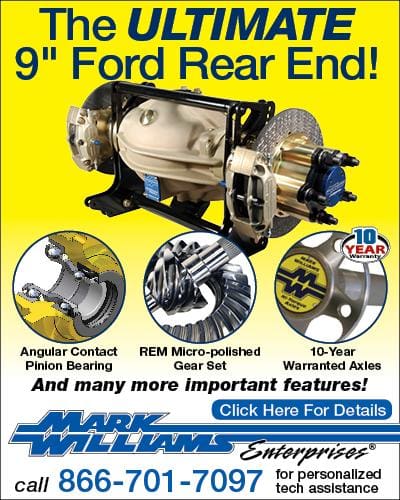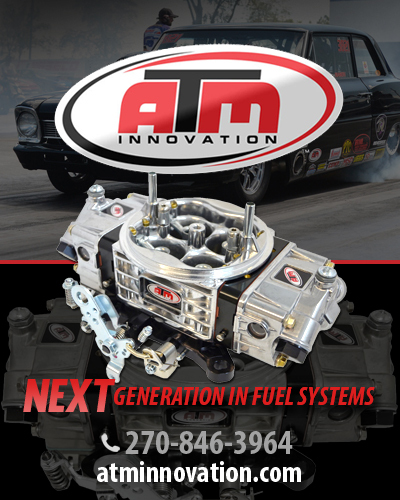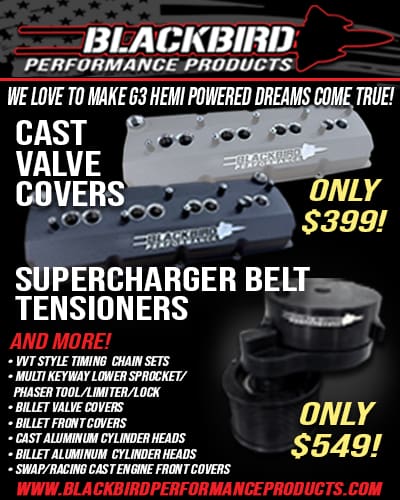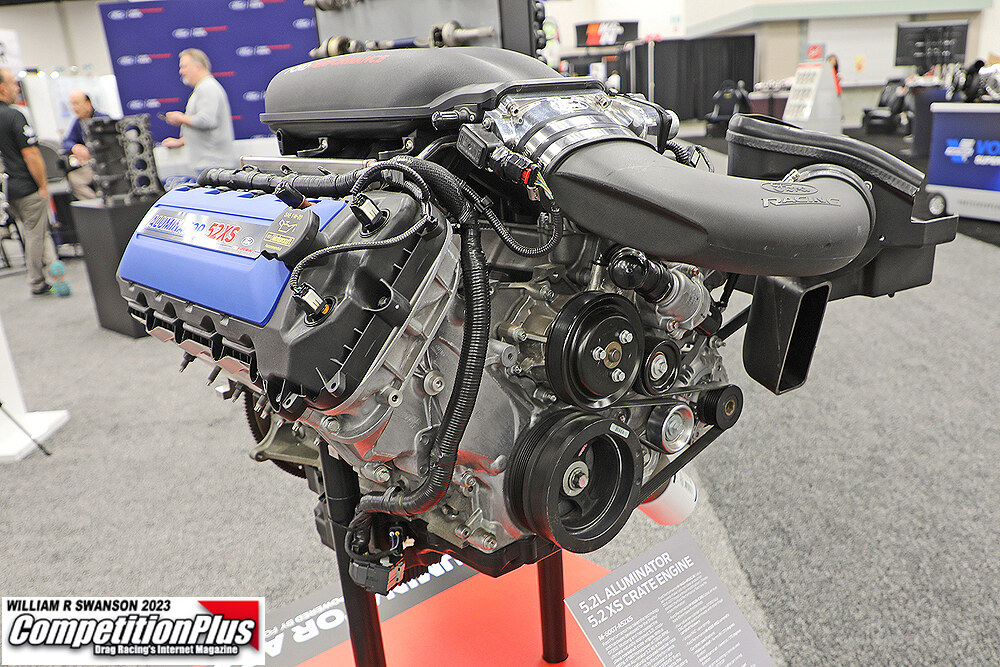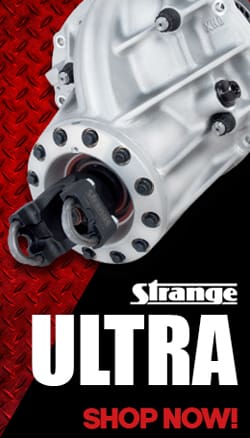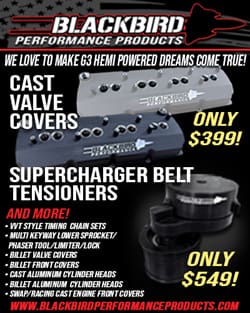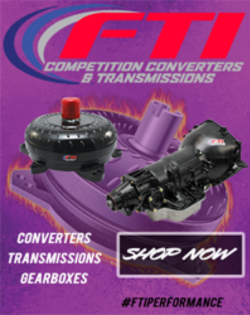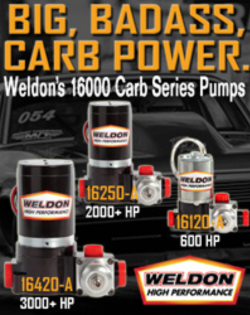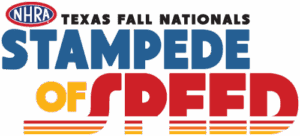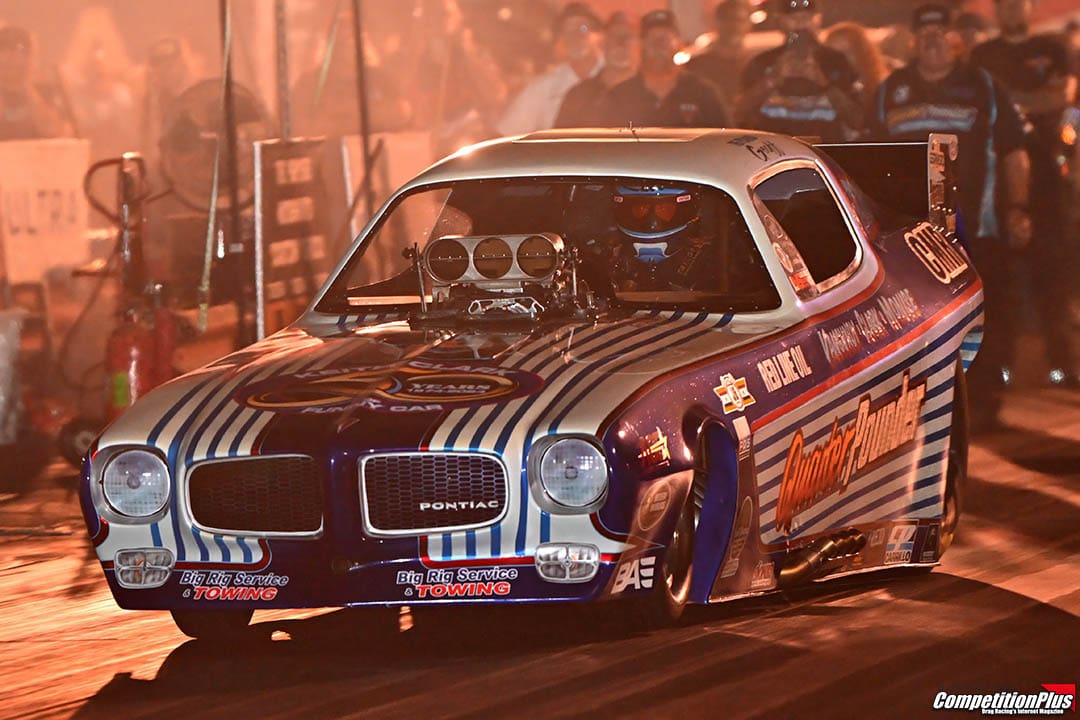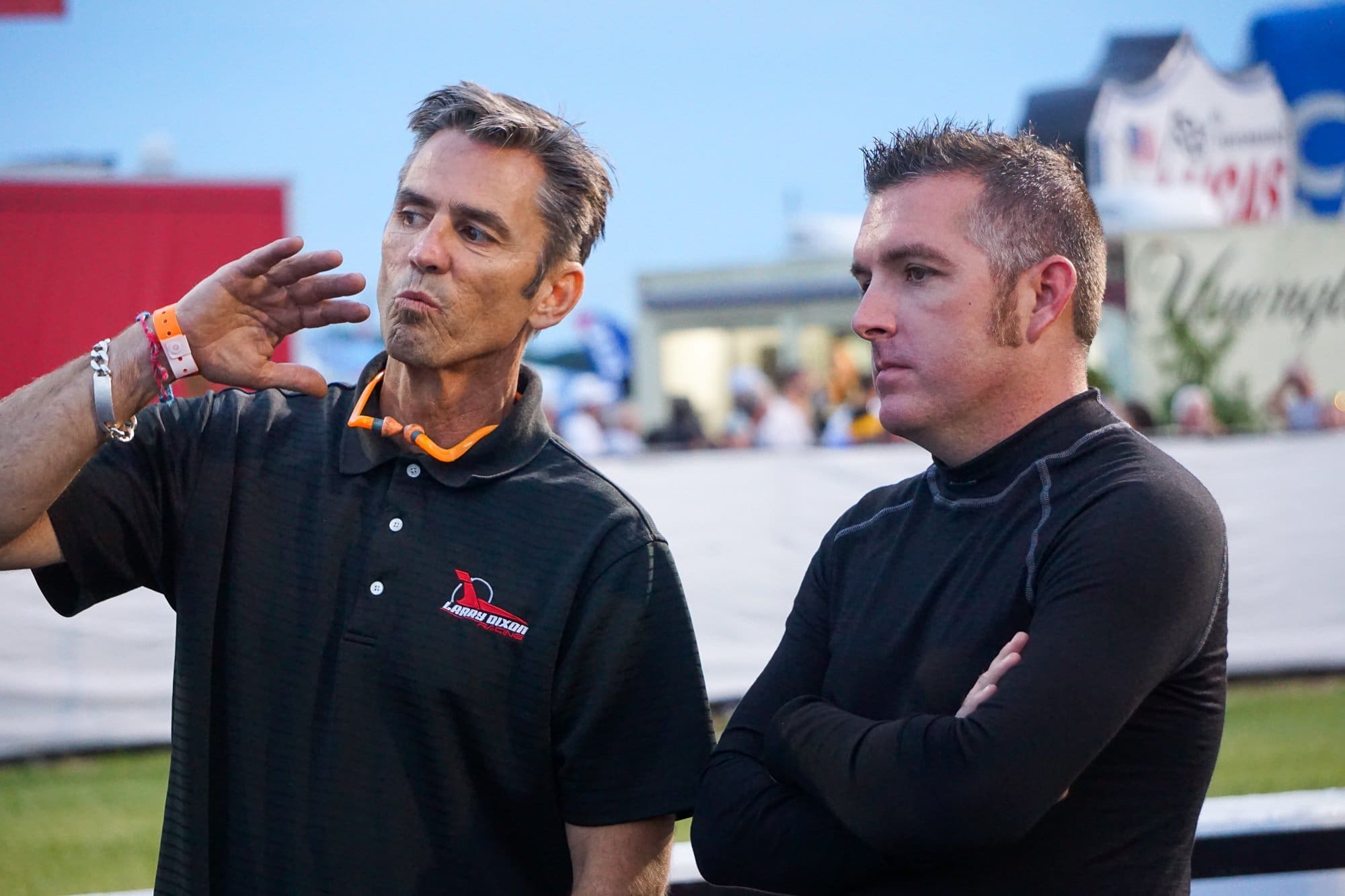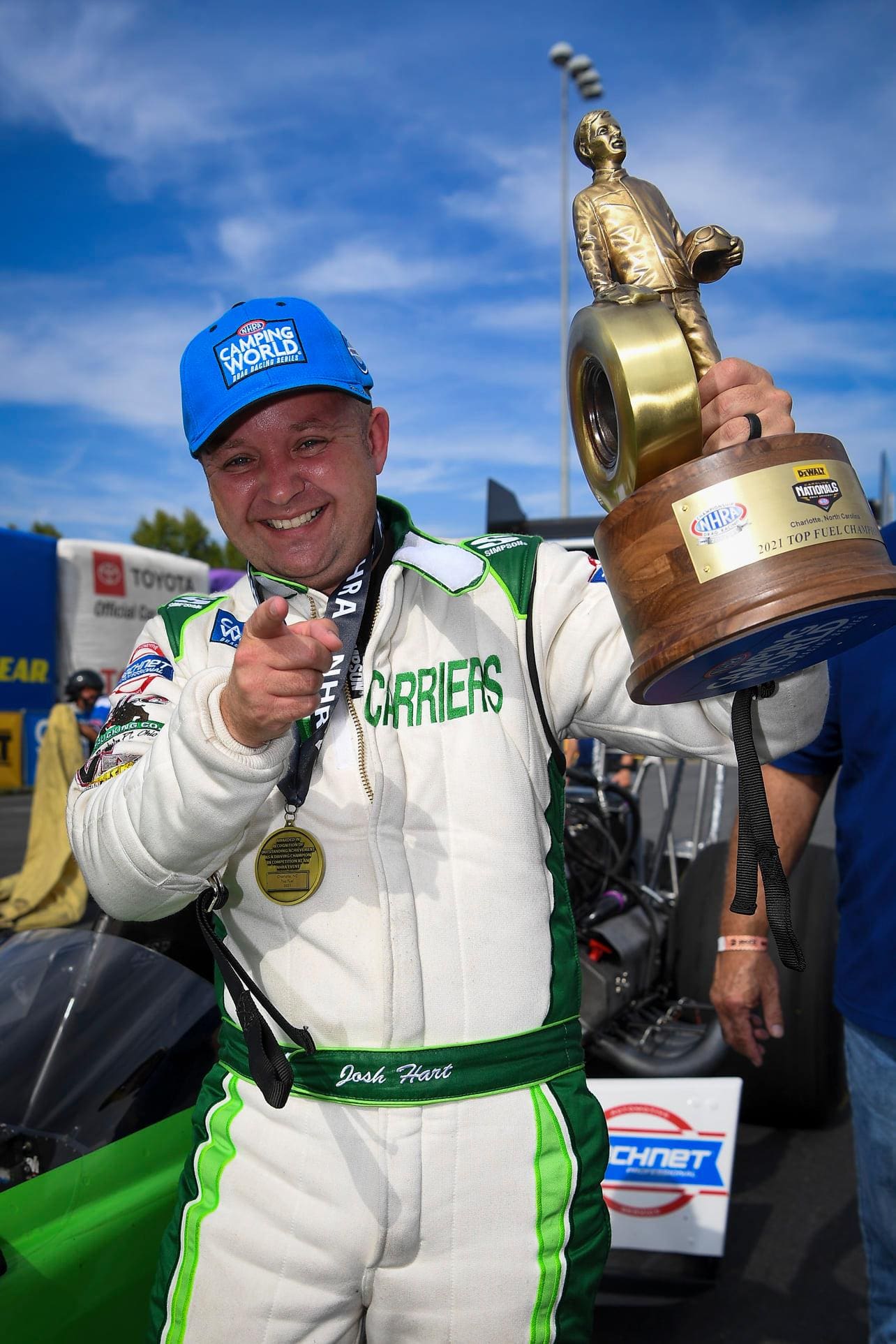Bakersfield’s nostalgia heartbeat is finding its rhythm again under Blake Bowser’s steady hand. Now in his second year of a multi-year plan to rebuild the California Hot Rod Reunion, presented by Good Vibrations Motorsports featuring Nitro Revival, the longtime Famoso Dragstrip operator is seeing his slow-and-steady approach begin to pay off.
Bowser says year two is about momentum, not miracles. “Yeah, it is,” he said. “I dedicated myself three years just to get it sort of back on its feet. Last year in ’24, we definitely crawled. We made improvements, and this year we’re going to walk. I think next year we’re going to be able to erupt this thing.”
He describes his strategy with trademark modesty. “My approach is give it some time. Let’s plug all the holes that I think were wrong with that ship. And it was sinking. We plugged a lot of holes, and the boat’s starting to sail.”
That boat is the Reunion itself — once one of drag racing’s most beloved gatherings, before years of mismanagement and attrition nearly ran it aground. Bowser, who also promotes the famed Good Vibrations March Meet, now serves as its caretaker and navigator, steering the event toward renewed relevance.
“I’m throwing out some crazy analogies here,” Bowser said with a laugh. “But that was my approach: assess things, fix problems, and build it.”
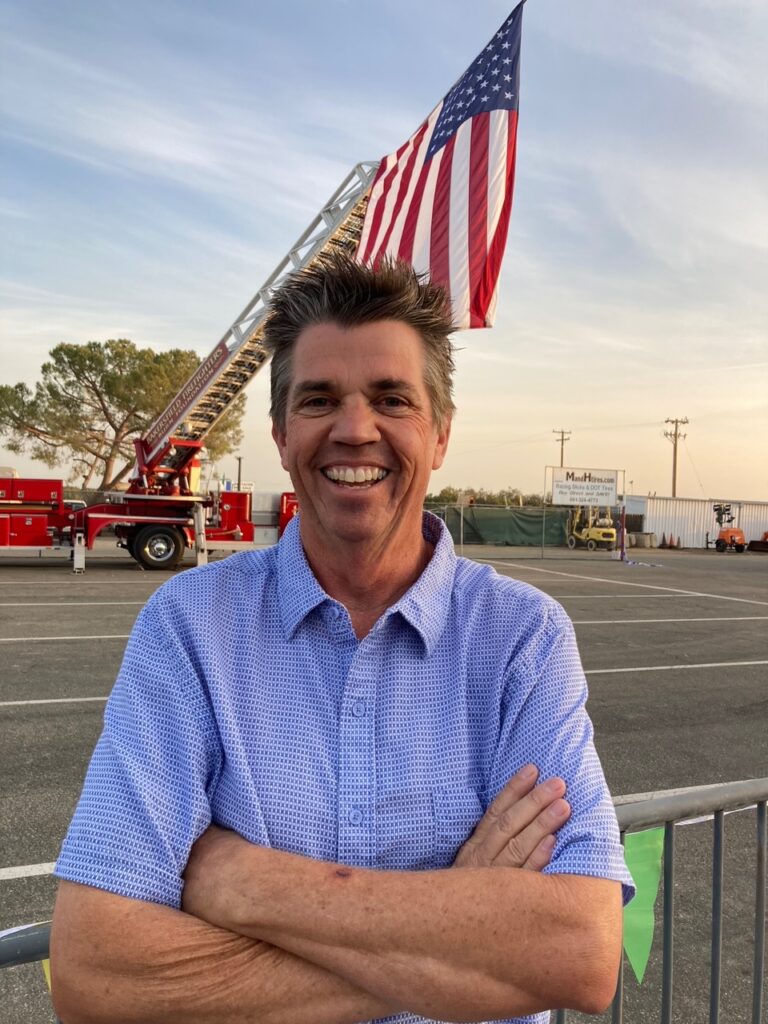
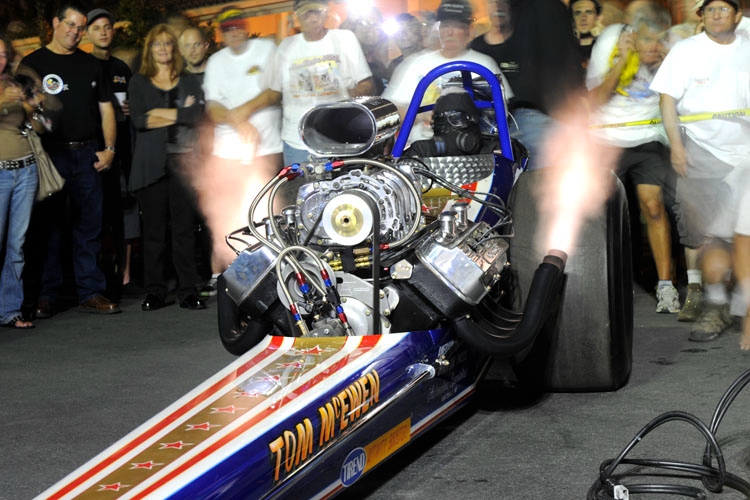
This season marks a critical midpoint in his restoration plan. Bowser’s work with Steve Gibbs — the same Gibbs who helped found the Reunion three decades ago and later launched Nitro Revival — has been key to expanding the event’s footprint.
“Working with Steve on bringing in the Revival as a feature of the event and having more things happening there, more groups, more car associations coming to race — it’s helping grow it, and we’re going the right way,” Bowser said.
The progress stands in sharp contrast to 2016, when NHRA’s restrictions on cackle cars alienated nostalgia loyalists and sent many toward Gibbs’ competing Nitro Revival. That fallout lingered for years, leaving Bowser to inherit both the event and the responsibility to heal it.
He refuses to point fingers. “I’m not going to blame the previous people that ran it,” he said. “There was a lot going on, a lot of moving parts.”
Bowser says the problem was generational, not malicious. “This event was attached to a certain group of people. When it started in ’92, the guys running it were in their 50s. Now they’re in their 80s. Sadly, we’ve lost a lot of them. The event just rode that wave, and it was time for a rebrand, a rebuild.”
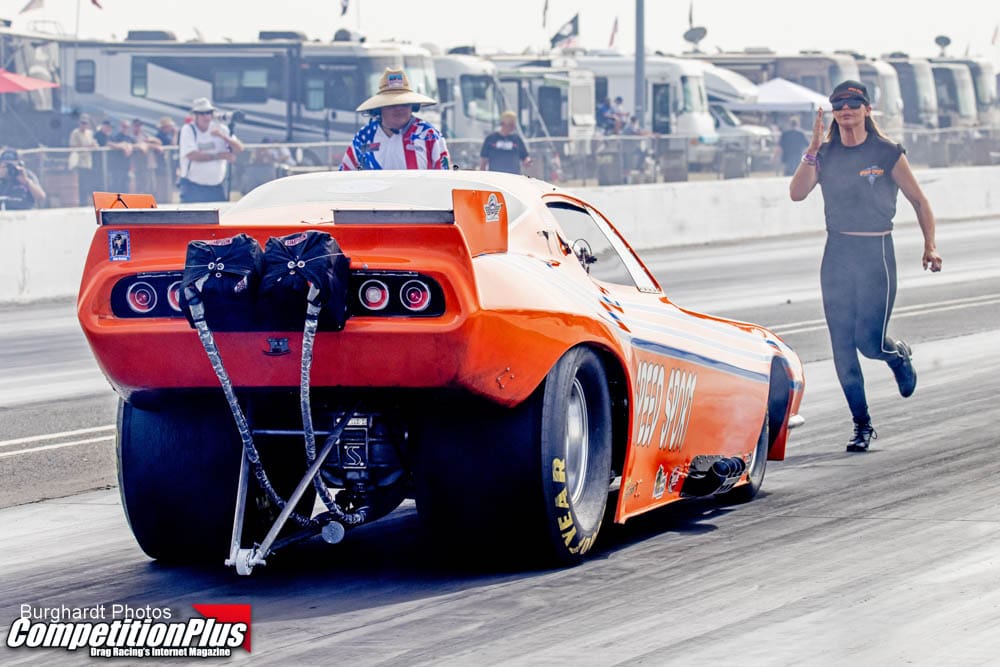
Part of that rebuild involves recognizing the fading but essential cackle car tradition while modernizing the Reunion for future generations.
“These guys that have these cars are definitely getting older,” Bowser said. “We’re seeing these cars end up in museums, and sadly, it’s dwindling. So it’s time to rebrand and rebuild this race and do something different.”
For Bowser, the turnaround has come faster than expected — the result of giving the event the attention it hadn’t received in years. “Just being able to answer the phone, answer emails, and get information out in a timely manner,” he said. “Just run it like a true drag race. That’s what we’re doing.”
It’s a hands-on process that fits Bowser’s nature. “This is my job. This is my office,” he said. “I’ve got a 100-acre office, and it’s controlled, organized chaos right now. Cars are getting situated, tents are going up. I’m running around overseeing everything right now. I love it.”
Bowser’s new job description came with a big change — stepping away from Famoso’s daily management to focus exclusively on promoting the March Meet and the Reunion. NHRA President Glen Cromwell approved the plan, allowing veteran Tim Huddleston to handle track operations while Bowser concentrated on his two marquee events.
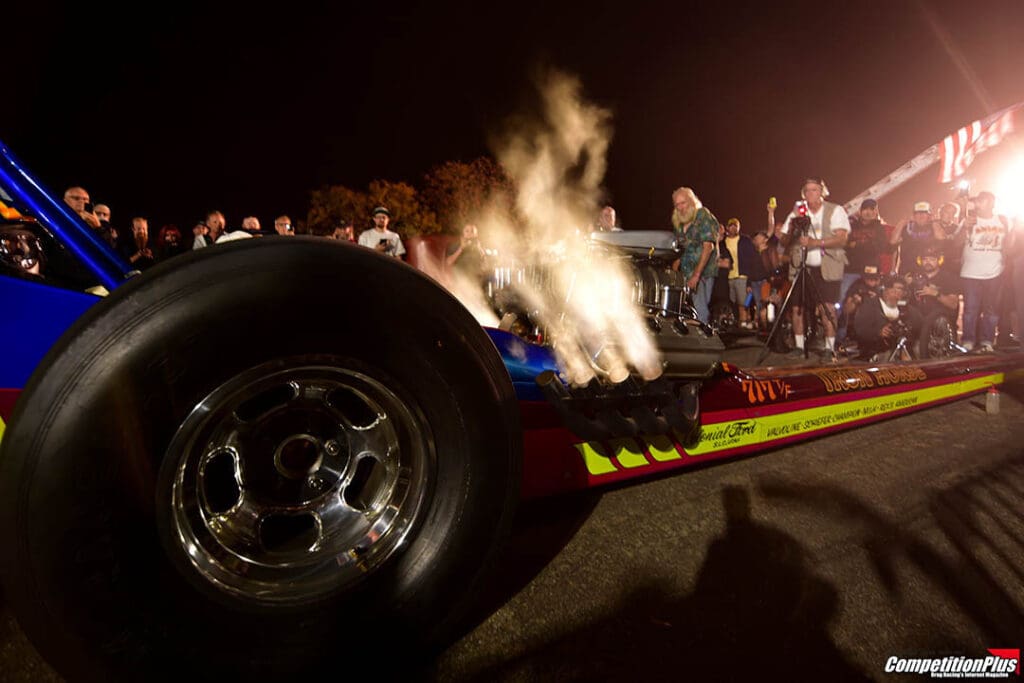

“I was never more prepared than this year coming into the March Meet,” Bowser said. “Usually I’m saying, ‘If I just had one more week.’ This time I was ready. And I’m feeling the same way here with the Reunion.”
That extra focus has freed Bowser to assist behind the scenes on NHRA’s Heritage Series, including helping develop a stand-alone awards banquet next year at the Wally Parks NHRA Motorsports Museum. “It’s fitting,” Bowser said. “We’re doing these races to benefit the museum, and we’ll be able to celebrate a night of champions there.”
While the March Meet draws more than 500 entries, the California Hot Rod Reunion has always been about storytelling and nostalgia as much as speed. Bowser plans to keep it that way.
“It’s going to feel like it used to,” he said. “People are going to walk through those gates, and it’s going to feel, smell, and look like 1970 all over again. That’s what we’re doing. It’s a reunion — that’s what we’re there for.”
He says the smaller car count works to the event’s advantage. “It’s not going to be overbearing,” Bowser said. “People can come there, relax, socialize, catch up on what they’ve done in the past year. It’s going to feel like it used to.”
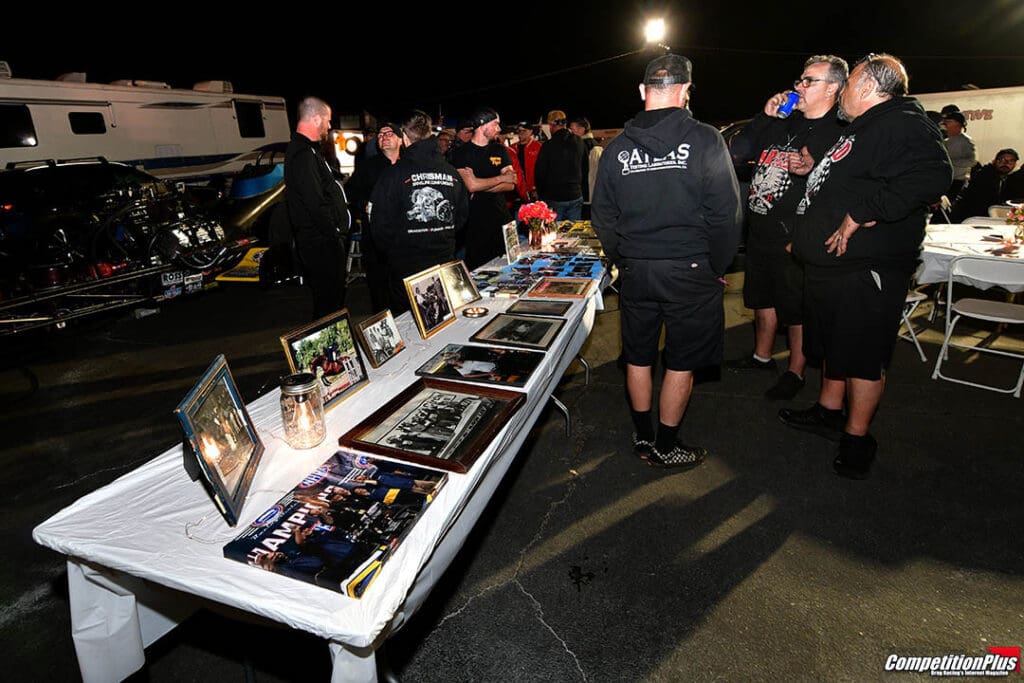
To him, that’s the biggest takeaway — restoring not just attendance but atmosphere. “We’ve designed it where there’s not going to be a ton of racing,” he said. “It’s a nice car count, but not too much. That lets people stop and smell the nitro.”
Financially, Bowser’s plan is already working. Last year, he turned a profit for the first time in years — with all proceeds benefiting the NHRA museum. He expects continued growth.
“I forecasted about a 20 percent increase in sales this year, and I’m doing the same for next year,” he said. “Probably another 15 or 20 percent. If I can keep building on that each year, it’s like money in the bank that earns interest.”
Ticket buyers seem to agree. “There were a lot of folks who came last year and a lot who didn’t,” Bowser said. “And I know they were saying, ‘Man, I wish I would’ve gone.’ I hope that crowd comes this year, and then I hope people just keep coming back.”
Bowser believes that by year five, the Reunion will be firmly back on its feet. “There was a lot that declined in that event that needed to be fixed,” he said. “You can only do so much each year. But we’ve turned it around. We’re going to keep building on it.”
He credits NHRA for giving him the space to lead. “They’re being great about putting stuff out on their socials and in National Dragster,” Bowser said. “Everyone’s buying back into the event.”
Promotion has improved dramatically, from a retro-style TV commercial to a throwback radio ad that even impressed Gibbs. “Steve was just here in town,” Bowser said. “I played him the radio ad, and he said, ‘It’s like I’m back in 1960 or ’70 all over again.’ That’s exactly what we’re trying to do — step back in time and relive it.”
That partnership with Gibbs and Nitro Revival has proven vital. It keeps the event authentic without turning it into a museum piece. “We’re bringing in more associations and groups to race,” Bowser said. “We’re adding things for people to do. It’s helping it grow.”
Bowser also faces a constant juggling act with the March Meet. “I’ve got to make sure I’m balancing the two,” he said. “There’s a lot of stuff I want to do for this race that I can’t do in March, just because of weather and timing.”
“So that’s my limitation,” he added. “Certain things work for March, but they don’t work for here, or vice versa.”
Another challenge is scheduling around NHRA national events. “Luckily the Reunion’s pretty safe,” Bowser said. “But next year the March Meet overlaps with Gainesville. It’s the lesser of all the evils. You just do the best you can to avoid conflicts.”
Through it all, Bowser remains grounded in what makes the Reunion special. It’s less about trophies and more about togetherness. “We don’t get nearly the car count that the March Meet gets,” he said. “So this gives us a little time to slow down, talk, and reminisce.”
He smiles when he describes the scene he envisions. “We’re going to say, ‘Hey, don’t forget to stop and smell the nitro this weekend,’” he said. “Just slow down, enjoy yourselves, let’s smell some nitro, let’s have a good time, let’s reminisce, let’s catch up, let’s remember those we lost this year, and do some racing too in the meantime.”
Bowser knows he’s not done. But with steady attendance growth, renewed enthusiasm, and buy-in from racers and fans alike, the course he set two years ago is holding true.
“This is a quality event,” he said. “People know about it. It just needed someone to care for it, to give it attention. That’s what we’re doing — rebuilding it the right way, one year at a time.”






